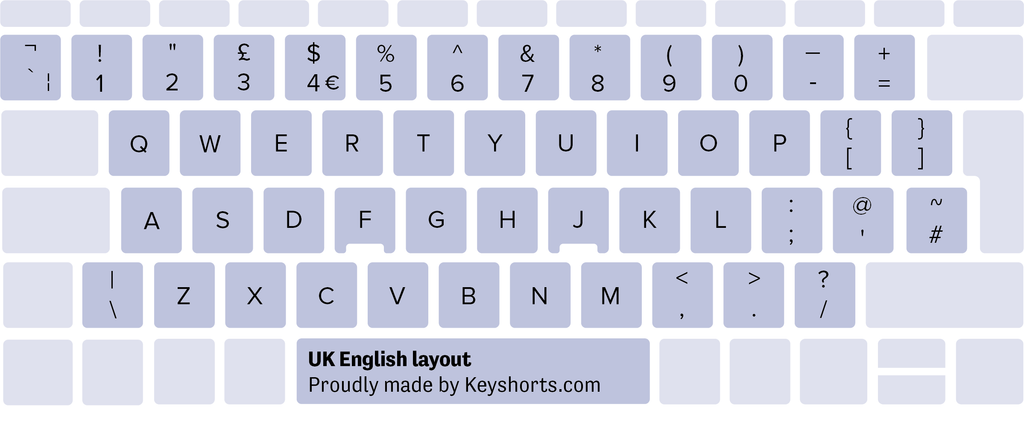

And, indeed, one of QWERTY’s closest predecessors actually had a top left row that read as QWE.TY, and the R was switched with the period shortly before the QWERTY was launched. That’s because “er” - the fourth most common pairing of letters in English - are right next to each other. This story, though compelling, is probably untrue. To do this, Sholes placed common sequences of letters farther away from each other, as in the case of “th” and “he.” To fix the issue, he rearranged the letters to slow down the user, therefore reducing the likelihood of typebars clashing inside the machine. According to the story, Sholes’s earlier prototypes had typebars - the things that strike the paper every time you hit a key - that would hit each other and get jammed if a person typed too fast. One popular myth about the origins of the QWERTY keyboard is that it was designed this way for inefficiency. And indeed, the story of the QWERTY keyboard and its maker, newspaper editor Christopher Latham Sholes, offers some interesting lessons today. Though the arrangement of the letters on our keyboards today seems random, it actually holds a fascinating - if somewhat controversial - history.

In another life, for example, we might just be typing on QWE.TY keyboards. However, not only did keyboards in general and QWERTY in particular not exist just a century and a half ago, but there were also plenty of ways they could’ve panned out. Keyboards and computers are very recent inventions, but they’ve become so common that it’s hard to imagine life without them - so much so that the seemingly random string of letters in QWERTY have come to have their own meaning. Keith Ruffles, The keyboard – panoramio, CC BY 3.0.


 0 kommentar(er)
0 kommentar(er)
